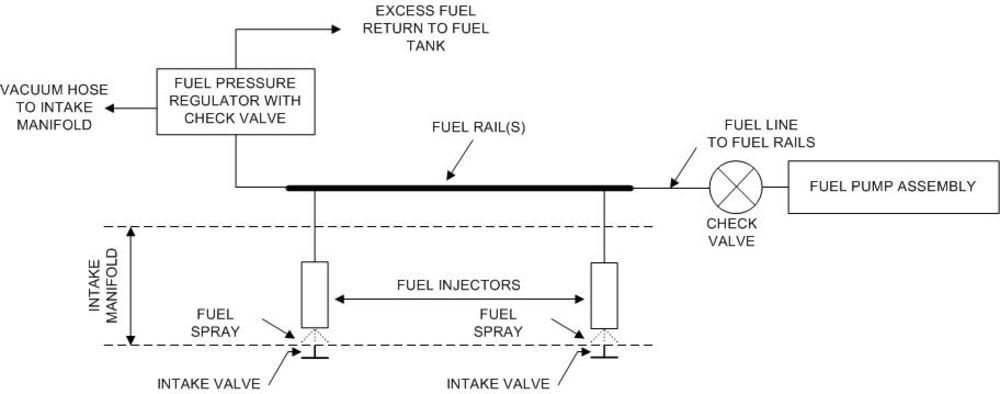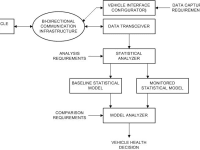Contemporary gasoline-powered vehicles use On-Board Diagnostics 2 (OBD2) to determine whether a vehicle is within emission standards. This is achieved by monitored certain parameters; e.g., catalytic converter operation, exhaust gas recirculation operation, etc. Rationality testing on sensors is also done; e.g., whether engine coolant temperature readings make sense. OBD2 is incapable of finding certain problems. For example, on a two-bank engine with oxygen sensors on each bank and a defective O ring on an injector OBD2 may not report problems on that bank as long as it can adjust its air/fuel mixture to 14.7/1. The driver may notice a rough engine and abnormal fuel consumption. The problem may be seen by connecting a scan tool to the engine and noticing an abnormally high "long term fuel trim" (LTFT) on the bank with the air leak. Most car owners do not have a scan tool. In this entry, the problem is addressed via a machine-learning system. The system first learns what a "known good" vehicle is and builds a statistical profile of it. Once it finishes learning, it switches to a monitoring mode where measured data is continuously compared to the learned profile (e.g., via paired t-testing) and a determination is made whether a statistically significant deviation is present. If it is present, the user is notified that a deviation is detected together with the reasons for the deviation detection.
Like this entry?
-
About the Entrant
- Name:Bohdan Bodnar
- Type of entry:individual
- Patent status:none








